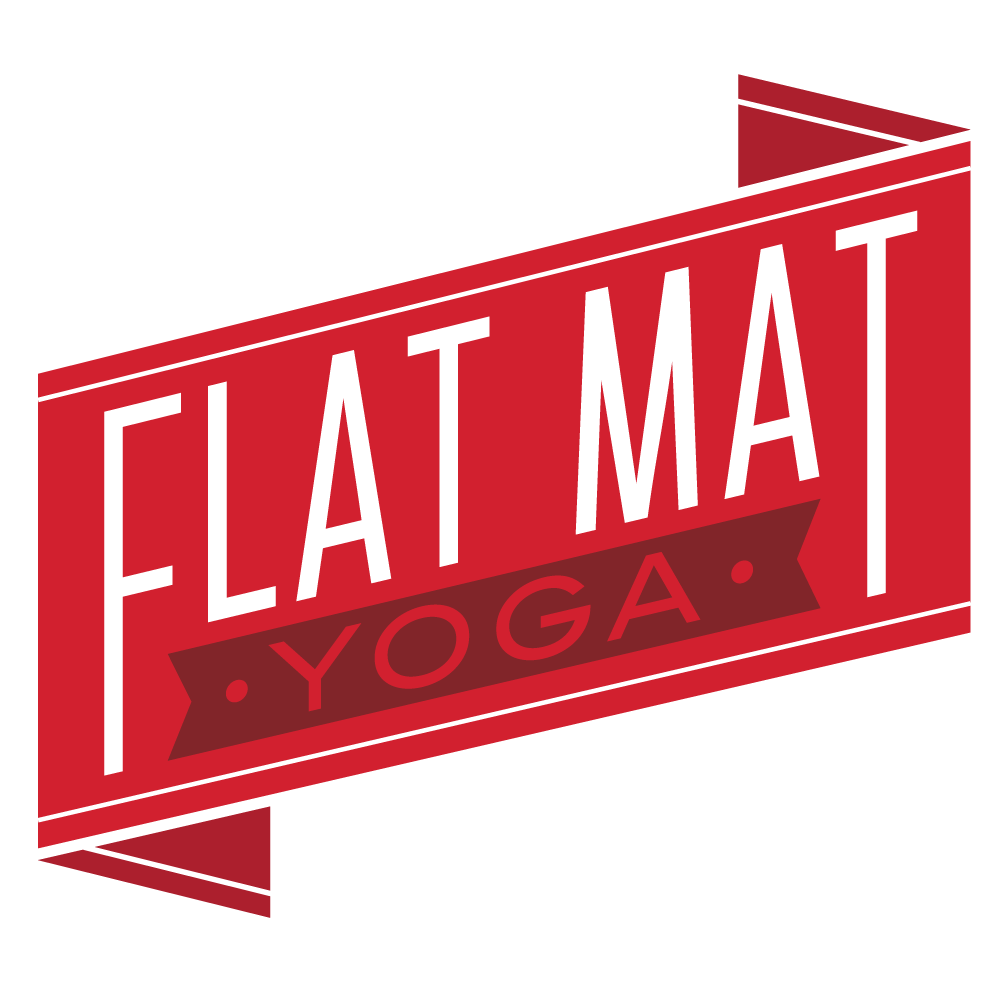Feeling the hurt from practice last night and constantly turning left? You probably need some post-roller derby low back rehab. This video of mostly symmetrical movements for the lower back will help you get things back in balance and carry on with your day.
Yoga for the Back
Side Bends: The Antidote to Left Turn Syndrome
I’m a big fan of side bends these days, especially with marathon training and when I’ve been on the track or at the rink. Left turn syndrome is real, y’all.
It’s nice to move in a direction that isn’t forward or backward. They feel awesome for my obliques, hips, and low back.
Standing side bends are great, and you can do them pretty much anywhere, on or off skates, which is helpful. The catch is that you have to be careful not to let them turn into slight forward bends or back bends–and I see that happen a lot–or you’re not going to get the sweet relief that you’re craving.
Enter: the lying-down side bend, sometimes known as banana pose.
Lie down on your back with your legs stretched out and your arms alongside your ears. Maybe take hold of opposite elbows, forearms, or wrists.
Start to wiggle your legs and feet toward the right, and maybe cross your left ankle on top of your right ankle. Once you’ve moved your legs over–without picking your left hip up off the ground–shift your head, arms, and shoulders toward the right. You’re making a banana shape!
Let your head rest in a way that feels comfortable for your neck; you might have it lean against one arm. And then?
Breathe. Let your body rest. Depending on where you’re holding tension in your body, you might feel the stretch up near your left armpit, or along the left side of your ribs or waist, or on the outside of your left hip and thigh.
Breathe. Rest. A few minutes to restore makes a big difference in your ability to keep kicking ass.
When you’re ready–maybe after one minute, or maybe several–switch to the other side. You might stay a little less time with legs and arms shifted to the right. Don’t feel like both sides need to be a 100% precise match, because they probably aren’t. #thanksrollerderby
I’ve got more side-bending and low back love coming up soon, plus more yoga for your mental game. If you’re in the off-season, now’s an awesome time to work on recovery, moving better, and feeling ready to rock when it’s time to get back on the track.
Low Back Rehab
You’ve started strengthening your low back. (I hope!) Next up: how to stretch those muscles. It’s nothing too aggressive–that’s not my style–but it can definitely help with some low back rehab.
Here’s the thing about getting rid of pain, which you probably already know if you’ve been through PT: it takes time. It’s about slow movements, undoing your old patterns, and learning how to use your muscles in a different way. What you see in the video below might not look like much (seriously), but once you play with it, you’ll get some sweet little low back stretches that’ll feel awesome after three hours of practice.
Sounds pretty good, right?
One move that’ll help with getting the low abdominal action for this stretch is right here on the blog. If you haven’t already checked that out, you’ll love the strengthening and stability that you’ll gain from it!
Low Back Pre-hab
If you’ve ever felt like your low back would never recover after practice, this video is for you.
A lot of times, the response to low back pain is to strengthen the abs, whether that’s with crunches, planks, or something else. The thing is, if you’re not also teaching your low back muscles how to support and stabilize, it’s going to cause a different kind of imbalance. It can also be super helpful to start with something a little less aggressive–as much as you might want to dive right into the tough stuff. Baby steps, y’all.
In the video, I’ll guide you through a therapeutic yoga move that’s meant to gently strengthen all of the muscles around your midsection. You know, those muscles that just happen to help you:
- Stabilize while you’re skating and taking hits
- Maintain good form in your derby stance, so that your low back doesn’t feel terrible after practice
I demonstrate the movement both from kneeling and from sitting on a chair, so if your knees say, “Hell no!” to putting any weight on them, you’ve got options.


